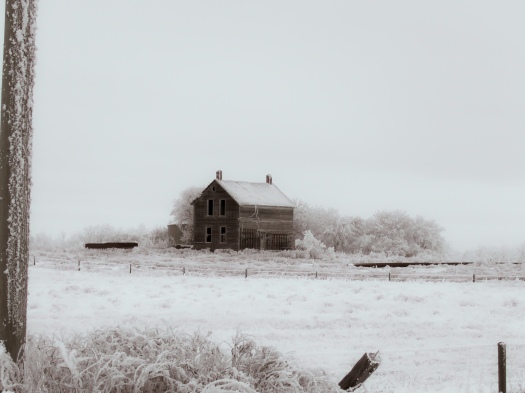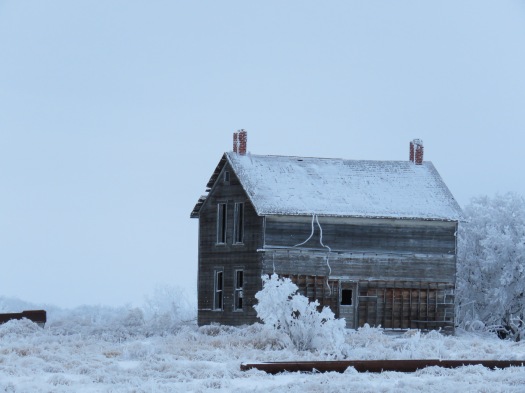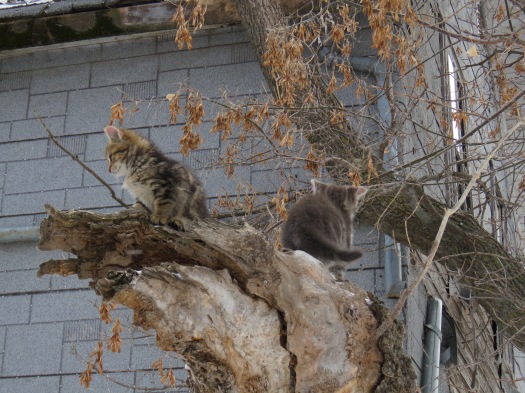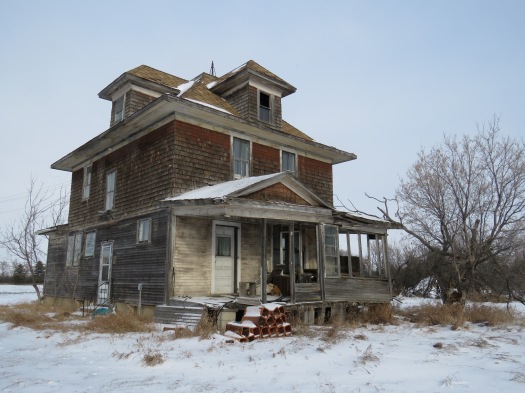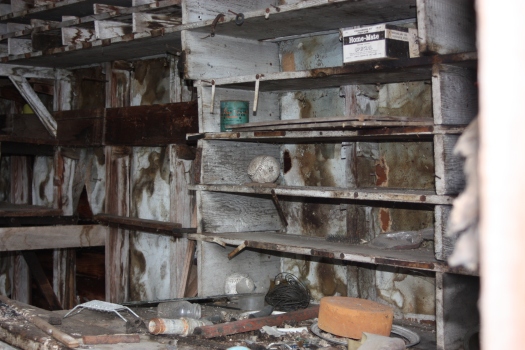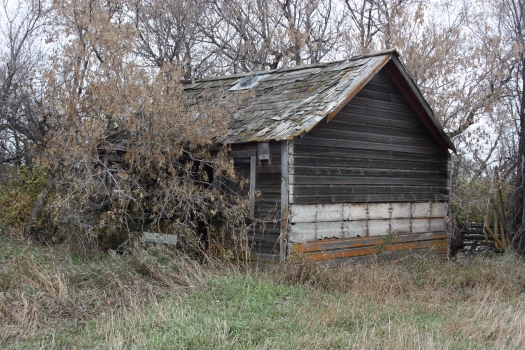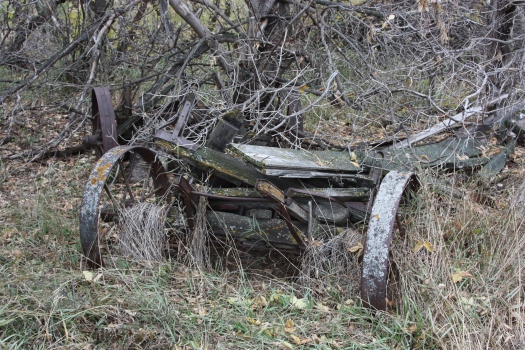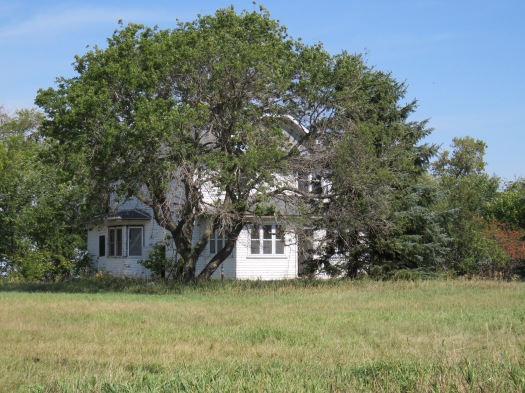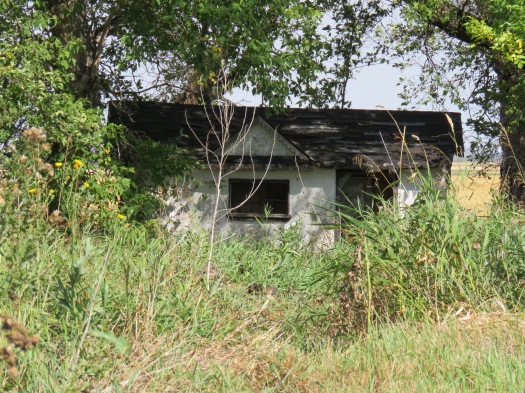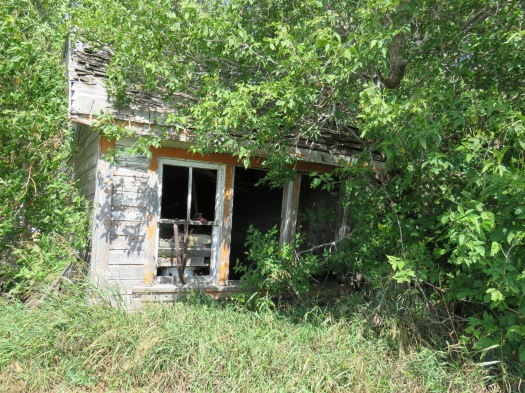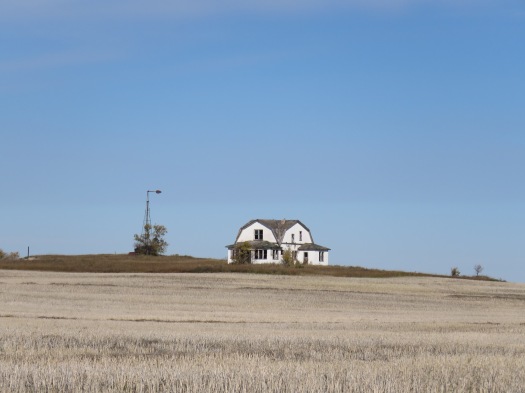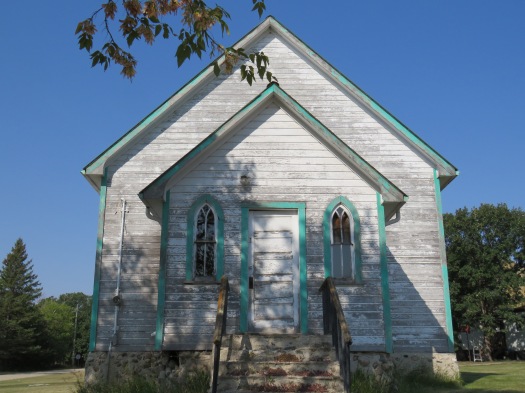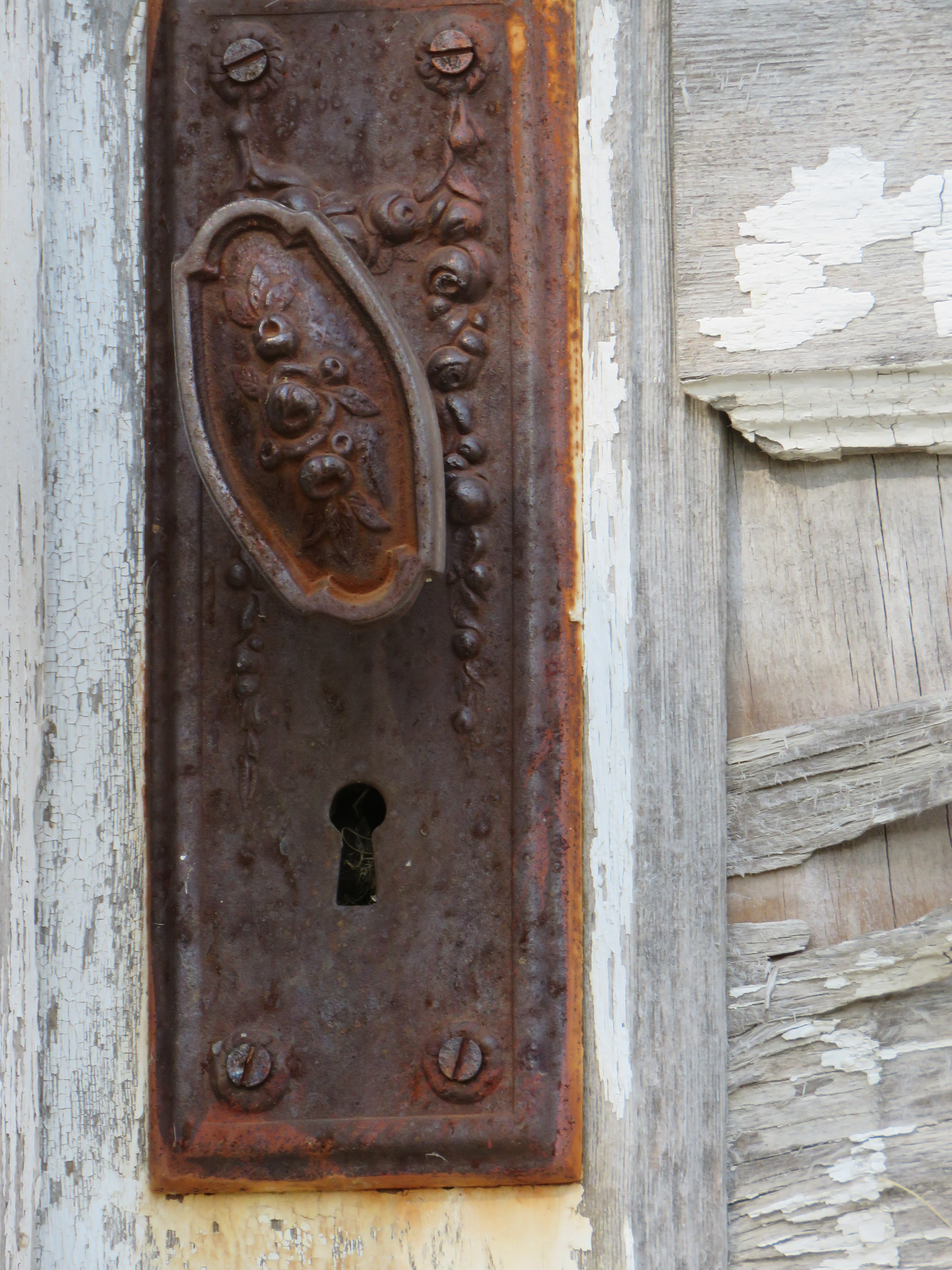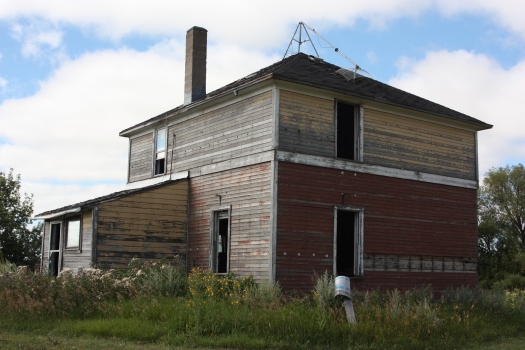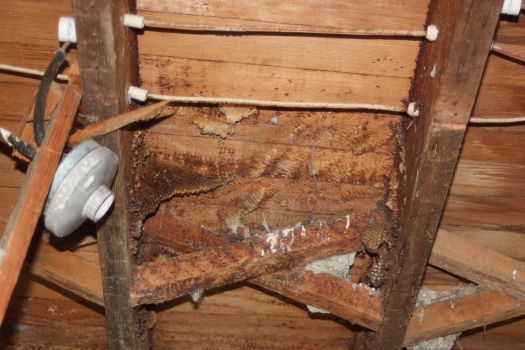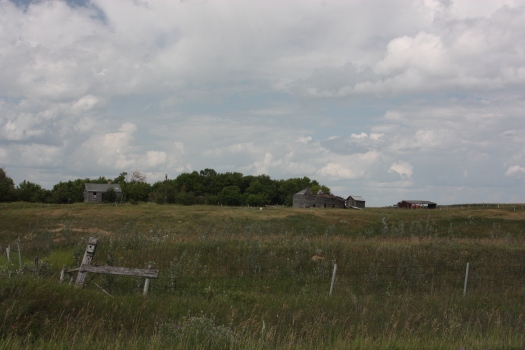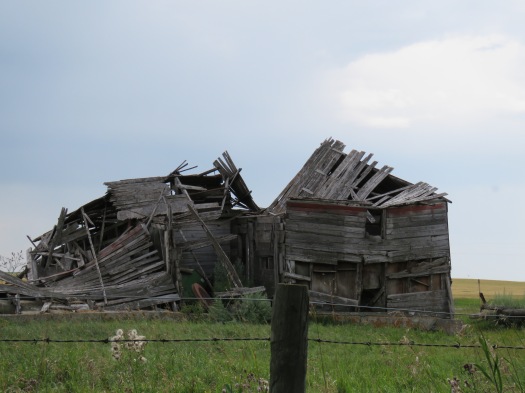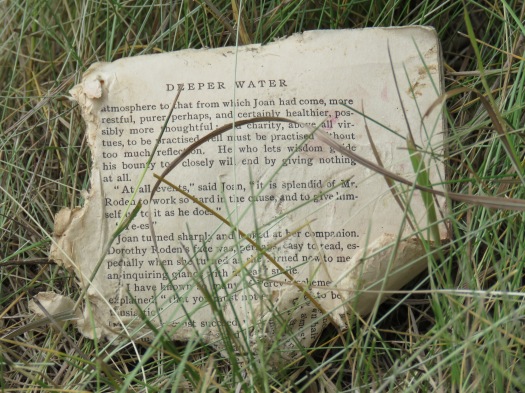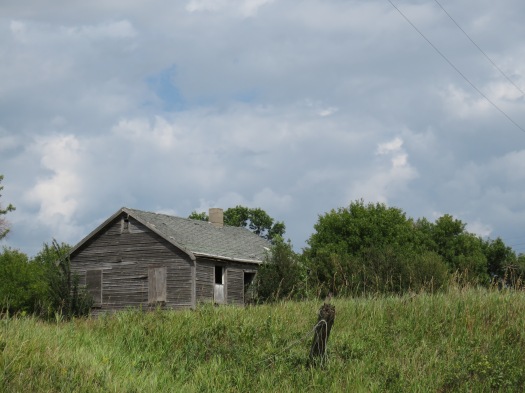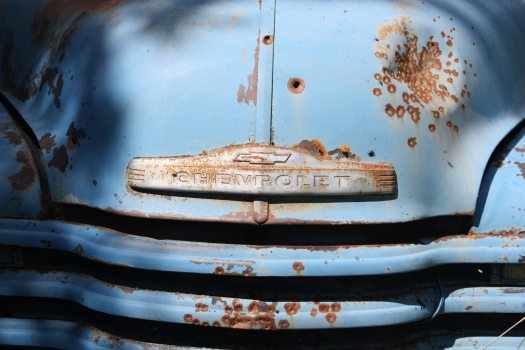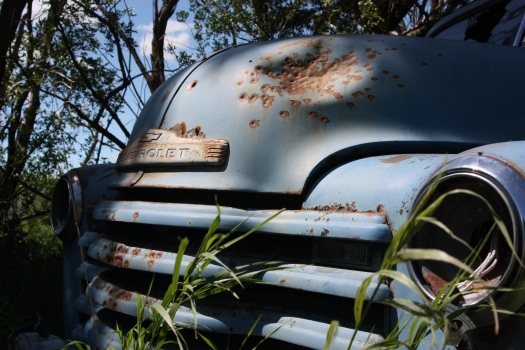Originating from Devonshire, England, William John (1891 – 1966), along with his father and siblings, followed older brother Samuel to Manitoba. Their mother and sister passed away before the family could be reunited.
After settling in Southwestern Manitoba, W.J. fell in love and married a girl from Chicago. He bought this property in 1912 and in 1914 after he was married it was here that W.J. and Maude raised their 4 children, 3 girls and one boy. Their grandson’s would later take over the land and farm here until it was sold to its current owners. The home was rented out but eventually became a hangout for kids in the surrounding town
Will was part of the Oddfellows Lodge and Maude was a Rebeka, a group of women who cared for the elderly in the community. They were also a musical couple. Will played the piano and Maude played the violin. They formed the Sunday School Orchestra. When I first laid my eyes on this piano last Spring it was in much better condition, even though its been sitting on this somewhat sheltered veranda for many, many years. In the last year the cover has been removed from the keys exposing it to the harsh elements of Manitoba’s weather.
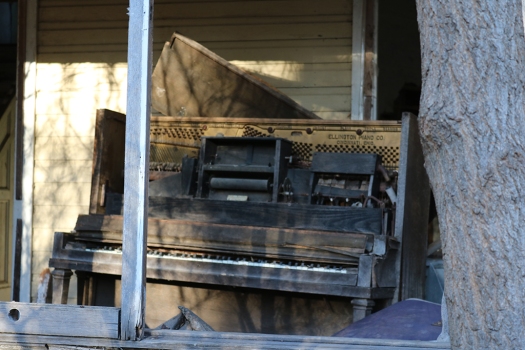
The couple loved gardening and had a variety of shrubs, trees, fruit trees and gardens. People were known to visit the property in the summer time to see the yard and enjoy the beauty of the families yard. Although the property has been abandonded for many years, you can see the variety of plants and shrubs around the house as well as the beautifully treed driveway leading up to the house. You just know that the yard was beautifully landscaped.

I have written about this home in the past and I go back often. I truly do love this old place and I’m sure this won’t be the last we see of it for as long as I am out and about touring the countryside looking for old places to photograph and then searching its history. When I found out more of the history it gave me the perfect excuse to go back and shoot it again. This time I walked up the long winding driveway, something I would have never done before because the house is well secluded and jumps out you when you see it for the first time.

